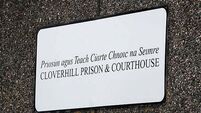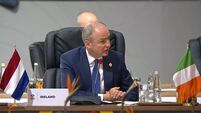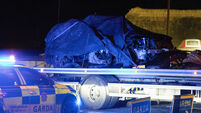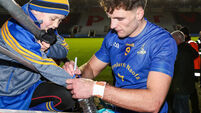16 Lives: Thomas Clarke spent lifetime building toward rebellion

THOMAS James Clarke, despite his low profile at the time, is now increasingly regarded as a principal architect of the Easter Rising.
Born in England on March 11, 1858, to a Leitrim father and a Tipperary mother, he spent his first years in South Africa, where his father, a British soldier, was stationed.













